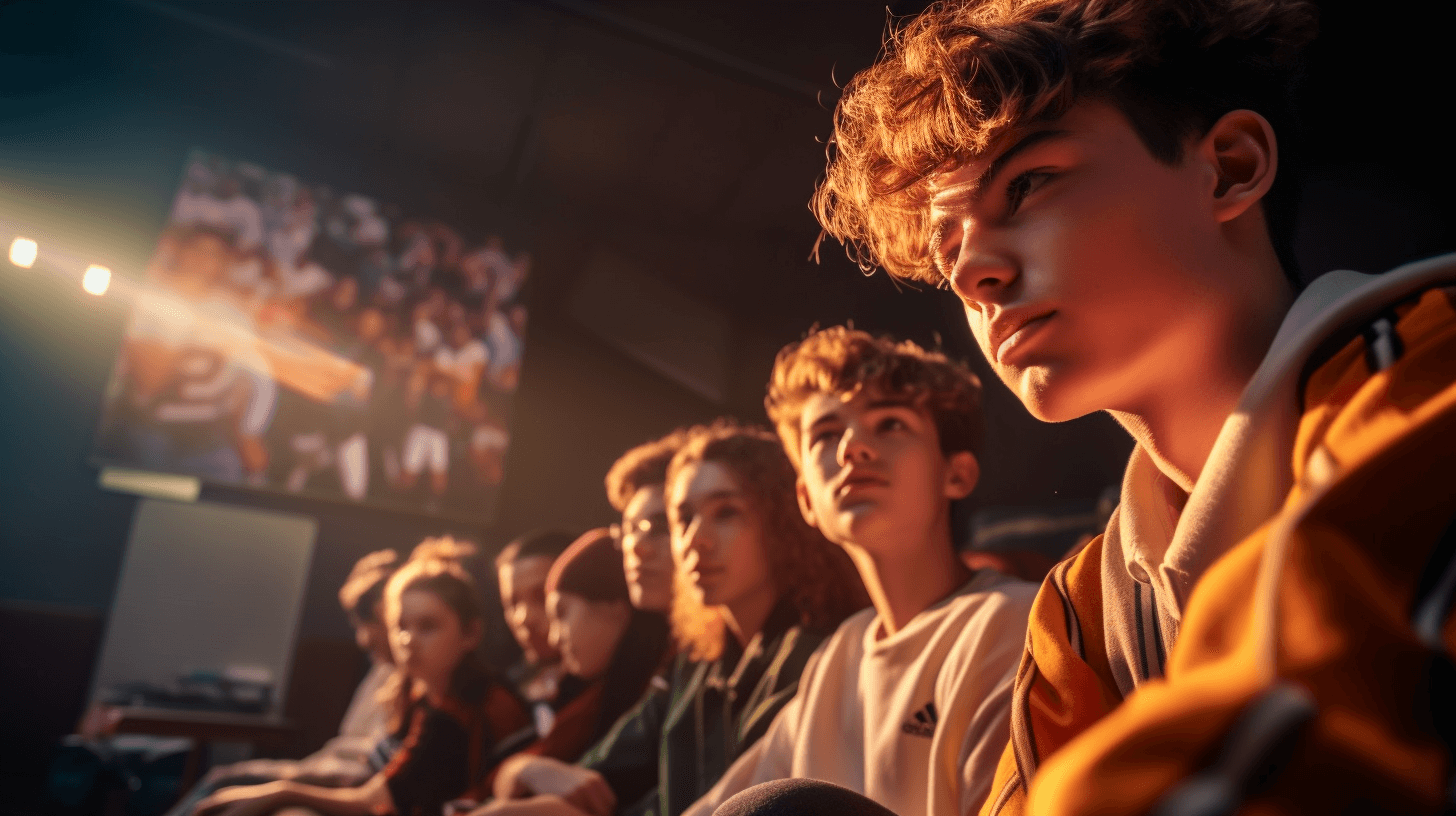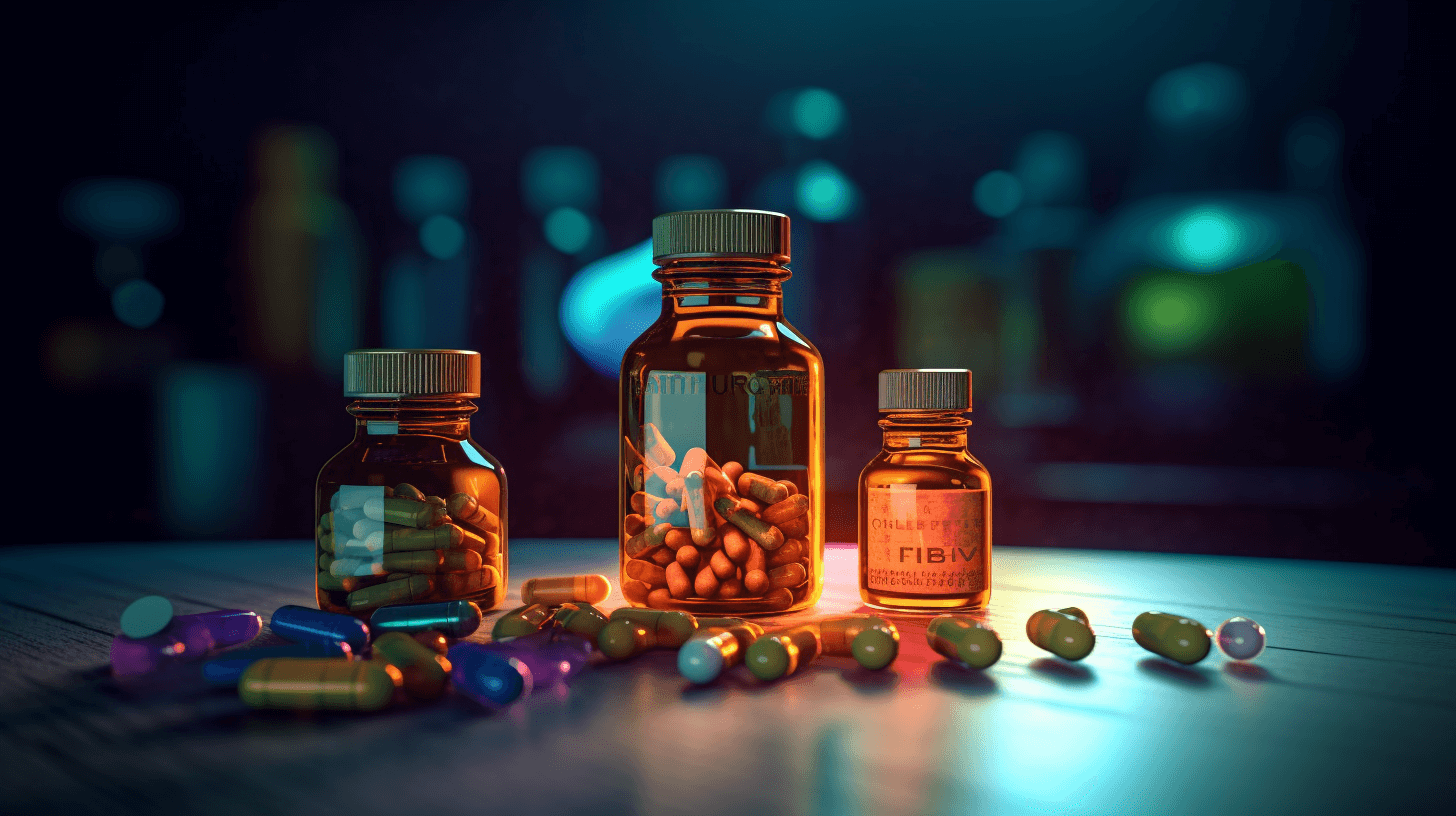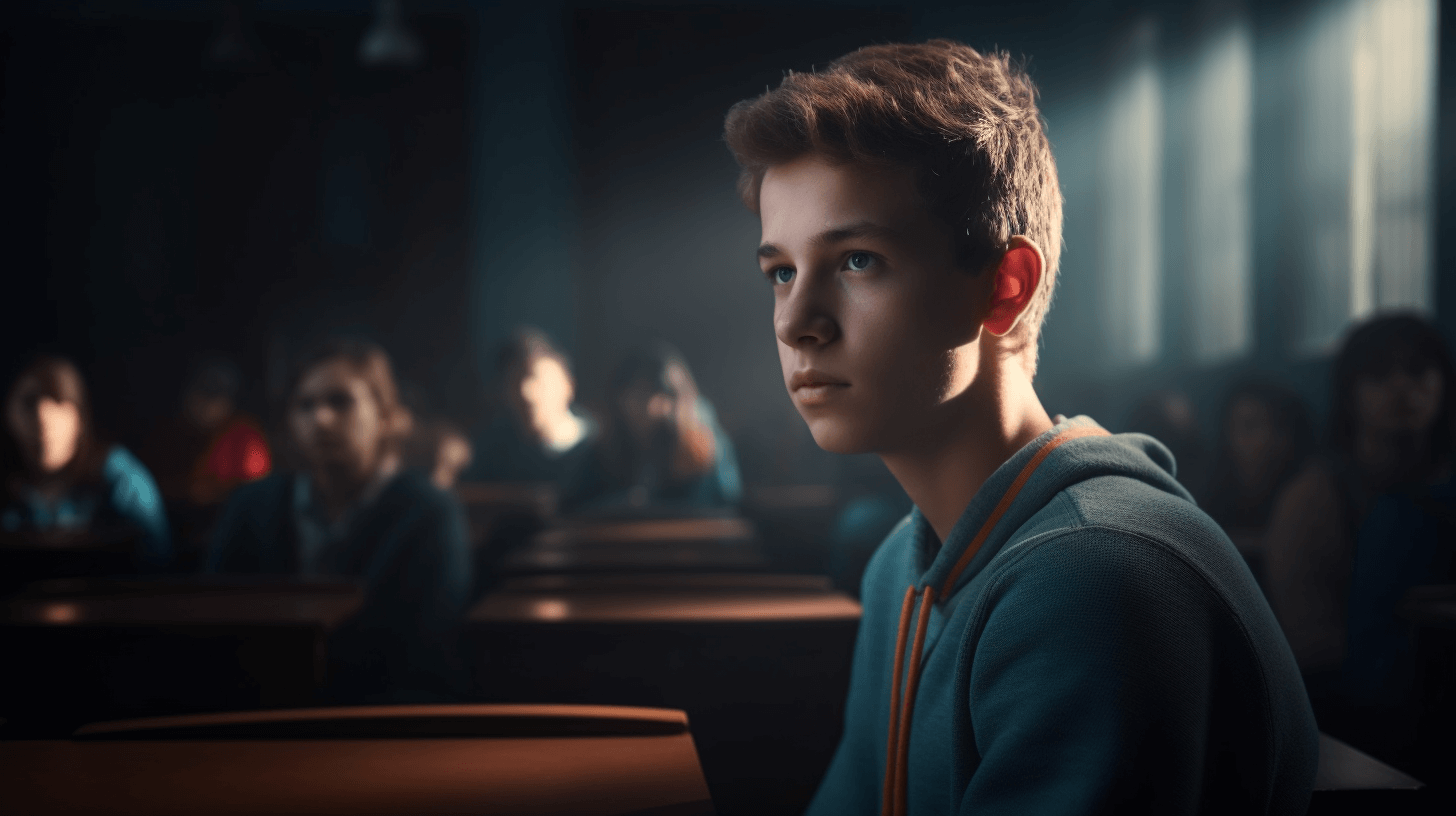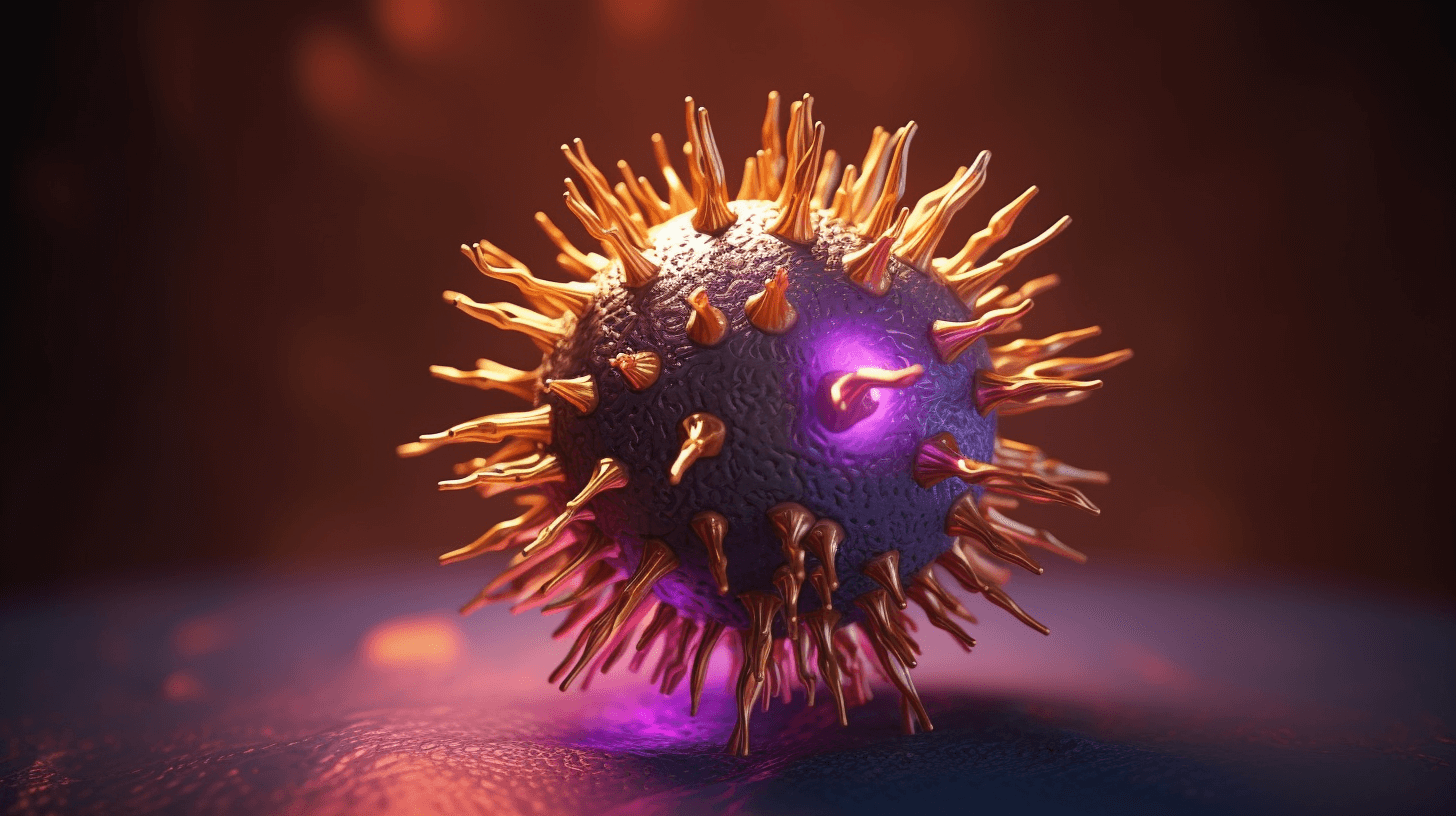Da Pandemic Make Teen Kine Sad Moa, Show Color Kine No Fair… 🦠😢🌈
⬇️ Pidgin | ⬇️ ⬇️ English
No worry about da fancy kine stuff on top. We goin talk story about health. You know, da Covid-19 tings dat been happening around us. 📰 News Flash: In 2021 – das da first full year of dis pandemic – had like 20 percent of all our young ones showing signs of one big kine depression.
But less than half who needed help wen get ’em, says one new study. Dis research wen come out in JAMA Pediatrics journal and it say dat most times was the minority kids who neva get enough treatment – especially if dey Latino or mixed-race. 💭 Background: Depression stay going up Major depressive disorder is dis long-term condition where sometimes you feel real down and no can find joy in anything for at least two weeks straight. It’s different from persistent depressive disorder wea you feeling low for two years or more.
Had previous studies already showing that this major depressive disorder among teens almost doubled recently – went up to 15.8 percent in 2019 from only 8.1 percent back in 2009! And den came along this Covid-19 pandemic which made things worse with all the isolation, uncertainty, loneliness and fear over family members getting sick too. 🔍 Da Findings: Still got gaps fo’ treatment Da latest study on how many teens had major depression during last year looked at a sample size of roughly10k adolescents between ages12 to17 years old across America as recorded by National Survey on Drug Use & Health (NSDUH). Dey found some interesting differences when looking at different races & ethnic groups: About14% Black teenagers Around14% Asian teenagers And20% white teenagers reported symptoms indicating they may have Major Depressive Disorder (MDD).
Latino teenagers had a slightly higher rate, around23%. But even though mixed-race and Latino teens showed the highest rates of depression, they were also the ones who got least treatment. Only about 21% of mixed-race adolescents and 29% Latino adolescents with this condition received any kind treatment for it compared to almost half white teenagers getting help. Asian & Black teenager’s treatments was somewhere in between these numbers.
NOW IN ENGLISH
Pandemic Increases Teen Depression, Reveals Racial Dispariti…
Don’t worry about the complex stuff on top. We’re going to discuss health.
Specifically, the Covid-19 events that have been occurring around us. 📰 News Flash: In 2021 – which was the first full year of this pandemic – approximately 20 percent of all our young people showed signs of severe depression.However, less than half who needed help received it, according to a new study.
This research was published in JAMA Pediatrics journal and it suggests that most times it was minority children who didn’t receive sufficient treatment – especially if they were Latino or mixed-race 💭 Background: Depression is increasing Major depressive disorder is a long-term condition where sometimes you feel extremely low and can’t find joy in anything for at least two weeks straight. It’s different from persistent depressive disorder where you feel down for two years or more.Prior studies had already shown that this major depressive disorder among teenagers almost doubled recently – rising up to 15.8 percent in 2019 from only 8.1 percent back in 2009!
Then came along this Covid-19 pandemic which exacerbated things with all the isolation, uncertainty, loneliness and fear over family members getting sick too 🔍 The Findings: There are still gaps for treatment The latest study on how many teens had major depression during last year examined a sample size of roughly10k adolescents between ages12 to17 years old across America as recorded by National Survey on Drug Use & Health (NSDUH). They found some interesting differences when looking at different races & ethnic groups: About14% Black teenagers Around14% Asian teenagers And20% white teenagers reported symptoms indicating they may have Major Depressive Disorder (MDD).Latino teenagers had slightly higher rate around23%.
But even though mixed-race and Latino teens showed highest rates of depression; they were also ones who got least treatment. Only about 21% of mixed-race adolescents and 29% Latino adolescents with this condition received any kind treatment for it compared to almost half white teenagers getting help.







